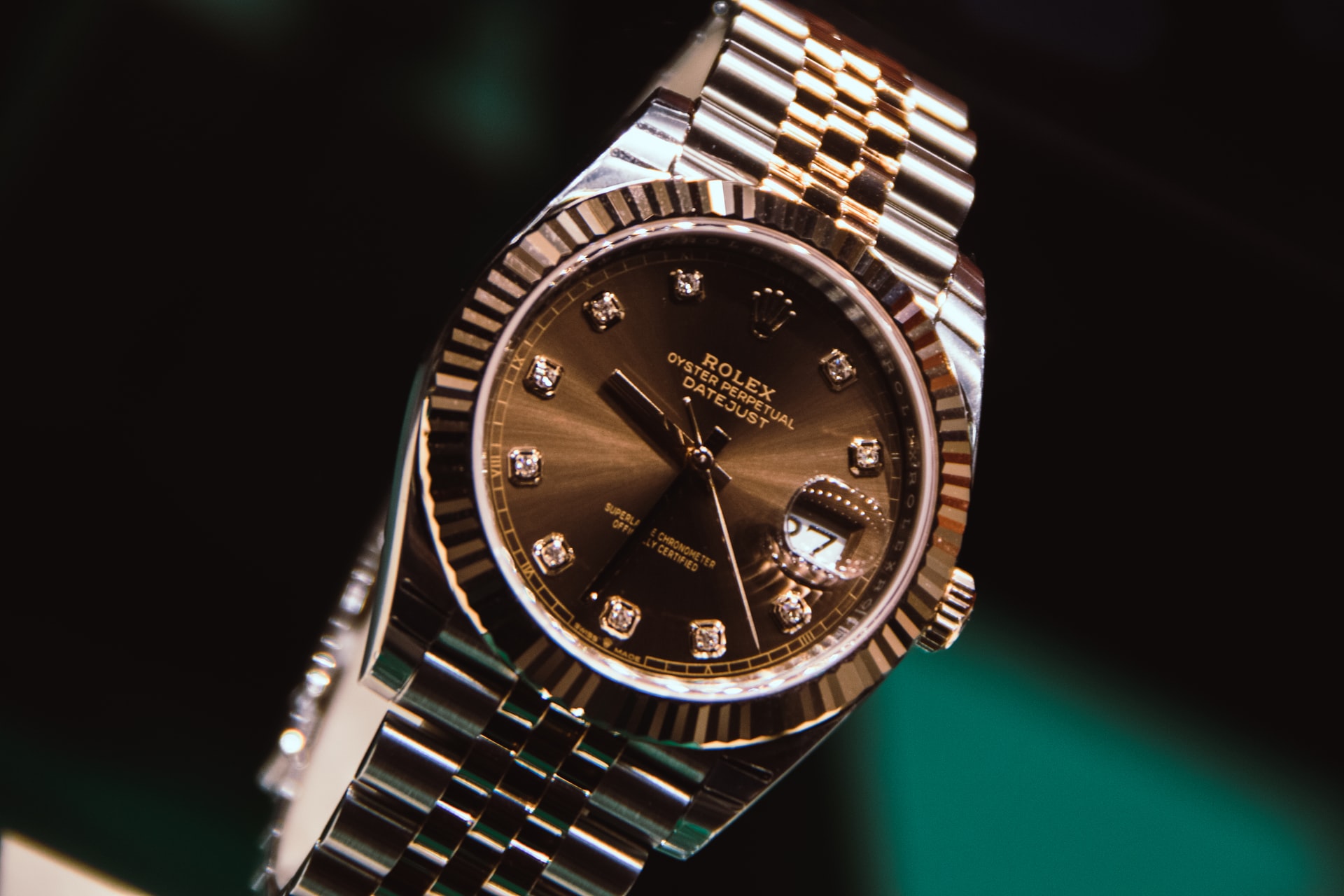If you’re thinking about purchasing a luxury watch, for yourself or as a gift, you may want to look at various brands before settling for one. In this day and age of technology, there are bound to be many different things to consider apart from a trustworthy brand and a pretty face. Sometimes big brands don’t offer what you want or need.
Some luxury watches are made for fitness or diving while others are made for war. If you’re not a soldier, you don’t need to buy a tactical or an overly complicated watch. Likewise, if you’re a diver, you should strive for a watch that can withstand the varying pressures of the ocean. Let’s dive into four things you never knew about luxury watches.
1. The essentials of the mechanics haven’t changed a lot in 200 years

The mechanics behind a luxury watch can be considered art. Although mechanical movements are less accurate than electronic ones, luxury watches have the reputation of being more accurate than most of the other types of watches. An escapement is what causes clocks to tick and control their movements. Additionally, a mechanical watch uses a balance spring to regulate the motion of the gear system.
The sea-inspired luxury watch, Nautilus, by Swiss watchmaker Patek Phillipe, is prestigious for its style, craftsmanship, and of course, price. The quality of a Patek Phillipe watch is beyond comparison. Everything in the watchmaking process is exceptional, from their research, development, manufacturing, to their hand finishing.
The Nautilus makes up for 10% of the demands of the Patek Phillipe collection. There are various models of the Nautilus for example the Chronograph and Moonphase. Their prices begin at $29,000 for women’s watches. Additionally, the Nautilus Perpetual Calendar is worth over$135,000. If you want to learn more about the Nautilus, read the complete details on The Watch Box’s website.
2. Luxury wristwatches were meant to be used exclusively by women
Women used to wear wristwatches while men wore pocket watches. It was deemed feminine to wear one on your wrist. It wasn’t until World War I when soldiers started wearing their pocket watches around their wrists, that men were finally seen with wristwatches. History tells that the first wristwatch was officially made for the Countess Koscowicz of Hungary. This wristwatch was a decorative piece made with ribbons by the manufacturer Patek Phillipe in Switzerland. This led to the creation of bomb timers used in WW2.
3. The International Watch Company was founded by an American
One of Switzerland’s most famous watch-making companies, the IWC, was established by the American watchmaker from Boston, Florentine Ariosto Jones. He managed to combine the Swiss’s exceptional manual labor with the American’s robust mechanism system. This mix of skills revolutionized the watchmaking business and produced some of the best luxury watches in the market on an industrial scale.
4. Over a quarter of the price goes into the hand finishes

If luxury watches are famous for anything (apart from James Bond movies) it’s that they are elegantly made. Their finesse of polish can increase its value and make up for about 30% of the final sale price. Chamfering of a high-end watch serves in its smooth functionality and super beauty. The hand finishes include delicate stripes on the outsides of the bridges and plates. It’s no wonder such watches are considered art when such patient craftsmanship can take years to master.
Before purchasing a luxury watch, keep in mind that they have more than meets the eye. Luxury watches are endless mechanical pieces that can last lifetimes if properly taken care of. In a way, you’re making an investment in quality over quantity.

